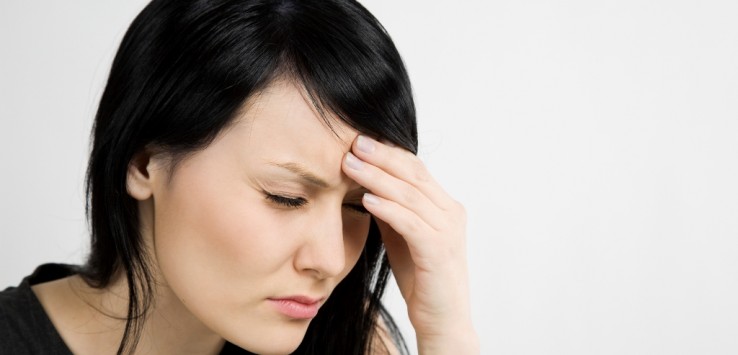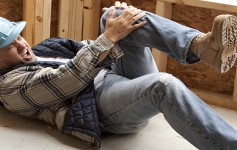What is neck related (cervicogenic) headache ?
Neck Related or cervicogenic headache is the term used to describe a headache caused by an abnormality of the joints, muscles, connective tissue, discs or neural tissue (nerves) of the neck.
Headaches are a common problem affecting about two-thirds of the population. Because there are a variety of causes of headache, particularly in the case of ongoing pain it is important to rule out serious pathology and your practitioner may want to do further investigations. Some signs of more serious pathology include new or atypical headache, weight loss and fatigue, sudden severe headache, weakness or numbness of the arms or legs and hearing or visual disturbances.
CAUSES OF NECK RELATED HEADACHE
Pain felt over the eyes, temples or base of the skull may well be referred from the neck. Nerves which exit the neck and then travel into the head may become irritated and inflamed referring pain into regions the nerves supply. Reasons for nerve irritation include:
- Trauma such as whiplash damaging structures within the neck.
- Poor posture leading to muscle tightness and stretching of ligaments and nerves.
- Stress, which can increase muscle tension contributing to neck joint stiffness.
- Hypermobility or abnormally mobile joints resulting in increased muscle tone in order to maintain neck stability, enhancing susceptibility to headaches.SIGNS AND SYMPTOMS
- Headache associated with neck pain or stiffness.
- Pain is typically felt at the back of the head but may also spread or be felt initially, at the front of the head or behind the eyes.
- Pain is often one-sided and described as a constant, dull ache, with tightness or gripping.
- Headache may be accompanied by dizziness or lightheadedness, nausea, visual disturbances and ringing in the ears.
- Headache may be precipitated by certain movements of the neck or holding the head in one position for a prolonged period of time.
- Headache lasts from hours to days.
- May be associated with stress.
- Headache may be eased by applying pressure at the top of the neck.
Some tips to prevent headaches
- Sit and stand up straight with the chin and the head in line with the shoulders.
- Always ensure that the lower back is supported whilst sitting.
- Avoid holding the head in one position for extended periods – especially looking up or down.
- Change position regularly and perform gentle neck stretches.
- Use relaxation techniques or heat packs to relieve tight muscles around the neck and shoulders.
- Use a contoured pillow that helps support your neck during the night




